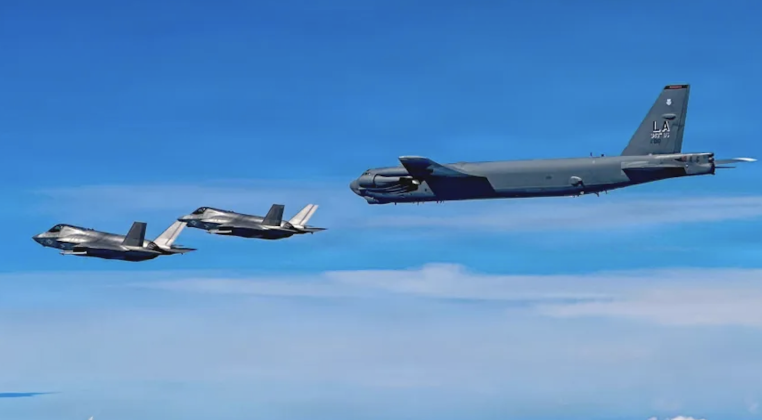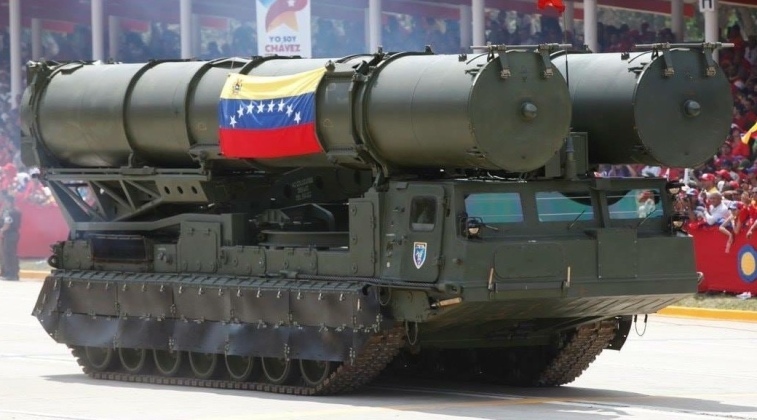News
Venezuela Launches Major Air Defence Drills as U.S. Bomber and Carrier Deployments Escalate
The Venezuelan Armed Forces have launched major air and coastal defence exercises, in response to a further major escalation of the United States military presence near the country. The exercises began on October 25, after the U.S. Navy’s USS Gerald Ford Carrier Strike Group deployed near the country’s northern maritime border. This followed simulated strikes by B-1B bombers, during which the potentially hostile aircraft turned off their transponders, as well as other flights into the country’s Air Defence Identification Zone by B-1B and B-52H bombers. Venezuela’s air defence capabilities are by far the most formidable in Latin America, and are built around a ground based network of S-300VM long range and Buk-M2 medium range systems. These are supported by shorter ranged systems such as the S-125, and by a small fleet of Su-30MK2 long range fighters.

The potency of Venezuela’s air defences and its limited retaliatory strike capabilities are considered a primary factor that has prevented the Untied States from launching a large scale attack in the past. The S-300VM was developed to support mobile ground formations, including for advances deep into hostile territory, with the systems providing multiple layers of coverage against air and missile attacks, and having an engagement range of 250 kilometres. The systems are expected to pose the greatest challenge to a potential American effort to launch air strikes, with their high mobility allowing them to rapidly redeploy after firing. The S-300VM uses tracked MT-T launch vehicles allowing for off-road operations, with all parts of the system including its command centre, radars, and missile launchers all able to redeploy in under 10 minutes.

The U.S. Armed Forces have never operated against a comparably advanced long range air defence network, with the possible exception of Operation Midnight Hammer which was launched against Iran in June. The limited number of fighters and advanced air defence systems Venezuela fields remains a major constraint on its forces’ ability to credibly halt a sustained American assault. Procurement plans for both air defence systems and aircraft were cut short after the death of former president Hugo Chavez in 2013, including plans to procure Su-35 fighters to further expand the high end combat fleet beyond the country’s 24 Su-30MK2s. Air defence systems are likely to be used for ambushes and ‘hit and run’ attacks on American aviation assets should a full scale assault be launched, much as was done by Yugoslavia against NATO air assets in 1999, as the small numbers in service will otherwise leave them prone to being overwhelmed.












